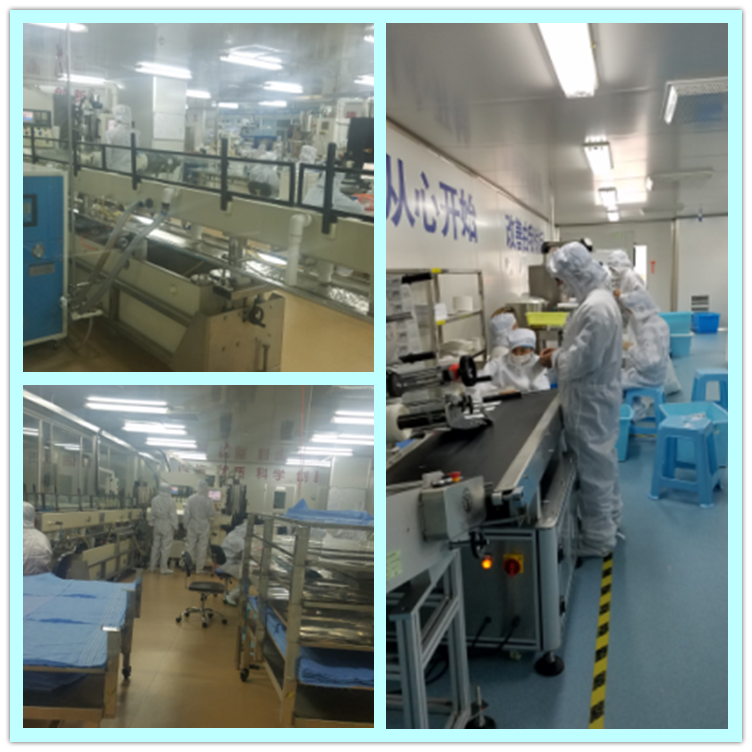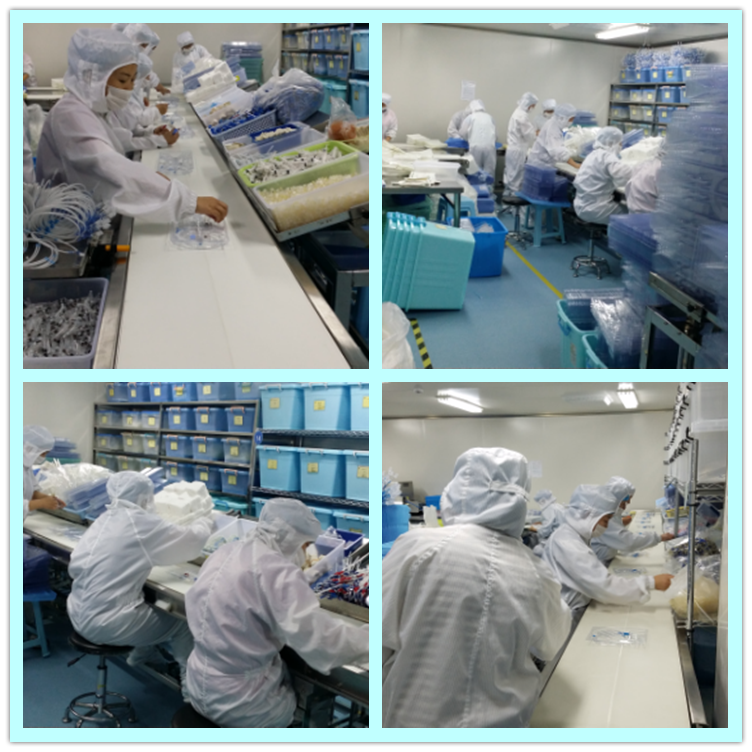American mallard aquaculture technology
The American Mallard duck breeding method is basically the same as that of a domestic duck. The following is the introduction of its breeding experience as follows, for the reference of farmers around the country. Livestock farm The Mallard Mall in the United States can use free homes or simple grass and bamboo structures, but it must be sturdy and durable. Breeding mallards must be dug for a pond. Farming ducks need sports grounds and water fields. Skynets must be built. The net height should be about 2 meters above sea level, surrounded by fences, deep and underwater, and it should be one with Skynet. Enclosed to prevent wild ducks from flying away. Skynet and surrounding holes are 33 centimeters long. Nylon nets or rope nets can be used. Feeding area per 100 ducks: 1-30 days for 5-7 square meters, sports ground 10 square meters, water area 10 square meters; 31-70 days for 10-15 square meters, sports ground 20 square meters, water field 15 Square meters; more than 71 days in the area of ​​15-20 square meters, sports ground 20 square meters, water area 15 square meters. Feeding requirements The nutritional requirements of Mallards are the same as those of domestic ducks. Under normal circumstances, it is also possible to feed whole grain pelleted feed exclusively for domestic ducks. For example, self-formulated compound feeds can be formulated as follows: 0-30 days old formula: corn 47.3%, wheat 15%, wheat bran 10%, bean cake 22%, fishmeal (import) 4%, shell powder 1.5%, salt 0.2%; 31 Formulas for ~70 days of age: 40.8% of corn, 14.5% of wheat, 17.5% of rice bran, 8% of rice, 13.7% of soybean cake, 4% of fishmeal (import), 1% of bone meal, and 0.2% of salt. The above two formulas must be mixed with poultry multi-vitamins and trace elements additives and fully mixed according to the instructions. Feeding management Ducklings (1-30 days old): 1 temperature control. 1 to 3 days old 27 to 29°C, 4 to 6 days old 25 to 26°C, 7 to 10 days old 24 to 25°C, and 11 to 20 days old 17 to 19°C. Flat brooding. The ground should be covered with soft straw, and separate small columns, about 2 square meters per column, each column installed a lamp insulation. Within 50 days, 50 to 70 ducklings per bar are available. Because the ducklings have a slumbering nature, they should be on duty day and night. They should be hand-picked once every 1 hour to prevent the heap from dying. Adjust density after one week. 2 eat. Drink water first, then add appropriate amount of complex vitamin B agent to drinking water. There must be sufficient drinking fountains to provide enough clean water. Do not cut off water. The number of feedings is usually 7 times a day for 10 days and 4 to 5 times a day after 10 days. Breed ducks (31 to 70 days old): Feeding density of 10 to 15 eggs per square meter is appropriate. After 50 days began to fly, pay attention to flight to escape. You can also arrange to put water after feeding, put a few large basins in the house, and have the conditions to work in the sports field. Generally 9 weeks old, each weighing 1167.1 grams, consumes 3120 grams. Breeding duck: After 70 days of age, ducks are selected according to 1:4~6 selection. The selected duck must have small head, long neck and large eyes. The male duck should be large, robust and flexible. The feed can be duck or duck. Full-price feed, pay attention to the ratio of calcium and phosphorus at the same time, pay attention to protein content and feeding times at the peak of egg production. During the laying period, some nests can be artificially made on the ground, and some soft straw can be used to help lay the eggs. Disease prevention and treatment Wild ducks have strong resistance to diseases and are rarely sick. Usually pay attention to the prevention of common diseases such as peony and coccidiosis, and ducks are prevented according to local conditions such as chicken gizzards and fowl cholera.
1. Movable clamp ensures puncturing much safer
5. Multiple introducing needles available in syringe type or Y-shaped introducing needles.
Central Venous Catheter,Central Venous Catheter Kit,Central Venous Lines,Central Venous Line Kit Anesthesia Medical Co., Ltd. , http://www.sinoanesthesia.com
Product feature for Central Venous Catheter Kit
2. The soft hub allows for patient comfort.
3. Soft polyurethane and soft tip ensure to reduce trauma to vessel wall.
4. The radiopaque catheter and tip facilitate vessel location when visualized by X-Ray.


